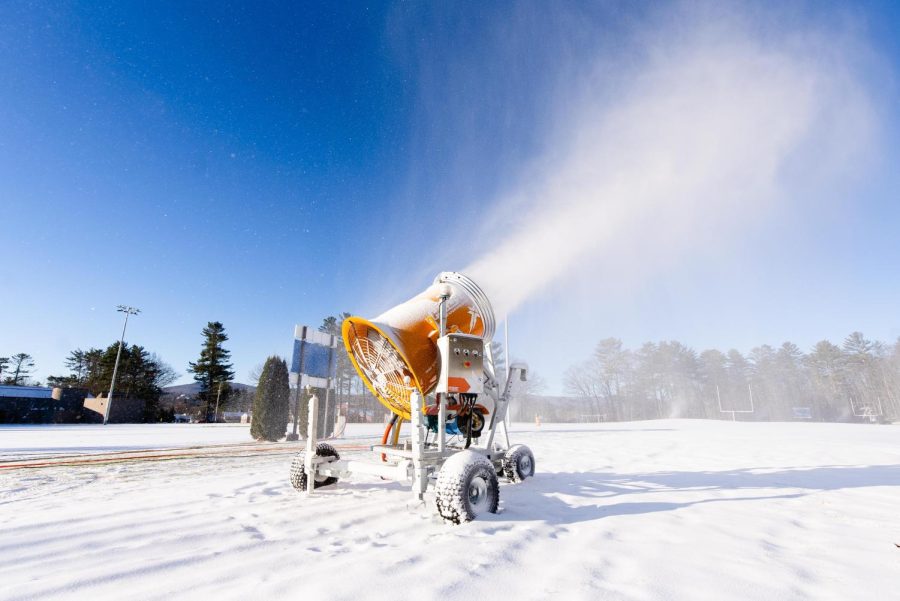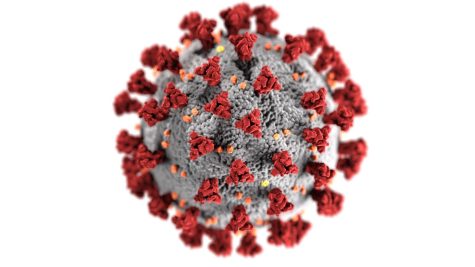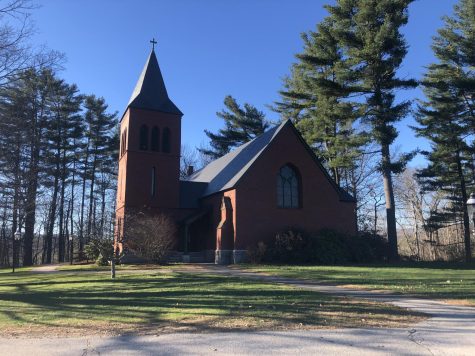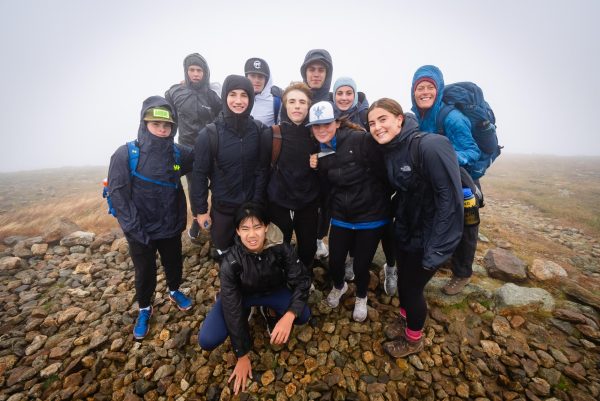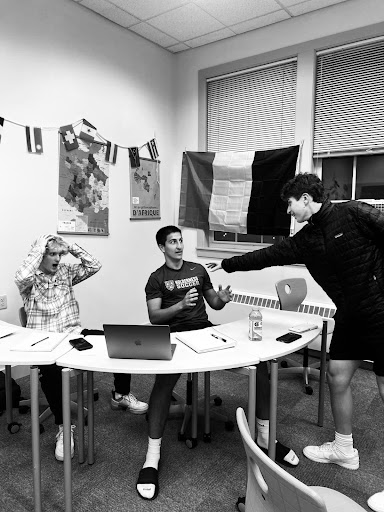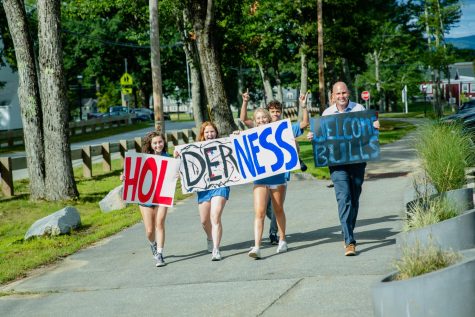Climate Change and the Future of Snowsports at Holderness
With an early winter and a warm fall, the winter athletics season has been less than impressive. With nearly 180 Holderness students heading off to the mountains each day, and more than 60 on our outdoor rink, we as a community should be concerned about the future of our beloved winter sports. We should also take note of the weather that our sports rely on and the threat that climate change poses to the outdoors: a fundamental part of our school culture.
While our school is situated in northern New Hampshire where the word “warm” isn’t often used to describe the weather here, we have experienced a winter season with temperatures much higher than normal.
“This year was one of the latest starts to winter that I can remember in the last 13 years,” said Mr. Casey, who has been keeping track of the length (in weeks) of the nordic ski season. According to him, this year was one of the first times that we saw barely any snow on the ground before Christmas, and when the snow did come, it was quickly washed out by an unforgiving rainstorm just one week later. With warmer weather coming in, “winters are going to shrink, shortening from the start and also from the end,” Mr. Casey deduced.
In the last 30 years, the average annual winter temperature in New Hampshire has risen by 2.5 degrees Celsius, as per a Dartmouth study done by climate scientists. While warmer winters seem like great news to those who aren’t fond of the New Hampshire cold, this change also affects the fall and spring seasons, with more hot, humid, 90+ degree days, which are not ideal for any of us.
While climate change certainly has an impact on snowsport athletes’ ability to train and have fun in the snow, in the past couple of years our campus has seen sizable improvements in response to these challenges. The most notable of these changes is the addition of snowmaking and grooming machinery on our nordic trails. This new technology allows for blowing snow when the weather is cold enough so that snow can stick around for longer and does not rely as heavily on natural snowfall. While this man-made snow does not solve the cold weather-dependent beginning of winter for the Nordic skiers, it does help to protect the snowpack from the variable rainstorms and thaws in mid-winter that have become more frequent as a result of climate change.
The Eastern Freeski and Freeride teams have benefitted from an airbag, which is used during the off-season to prepare the skiers for the valuable time they get on snow. As for Canon, the alpine program has benefitted from new snowmaking technology at Mittersill.
While all of these additions are very important in keeping the snowsports culture of Holderness alive, they are not perfect solutions for this issue. Keeping the rink frozen and blowing snow during periods of warmer weather are large contributors to our school’s energy use. This creates the dilemma of keeping winter sports alive temporarily but hurting their longevity slowly. So, what should we do?
While fossil fuels, finances, and energy all factor into solving this problem, environmentalist and science teacher Mr. Bryan Felice thinks that although snowfalls are declining, snow isn’t going anywhere just yet, and we may just have to look harder in order to find it. He encourages people to develop the skills to get out past the resorts and into the mountains. Mr. Felice, who is new to the school this year, explained that he is “very excited to see how we can get more climate-conscious as a school in the coming years!”

